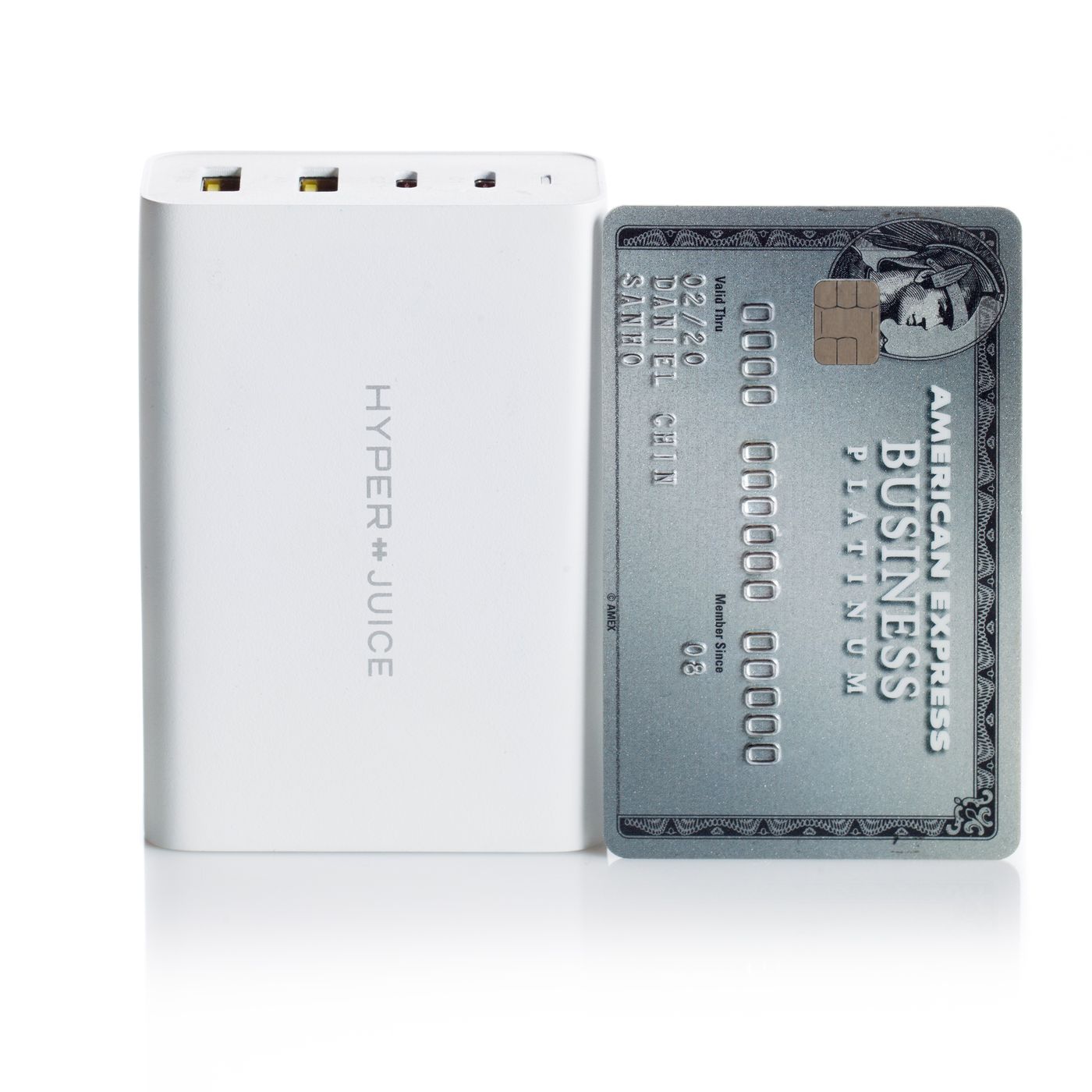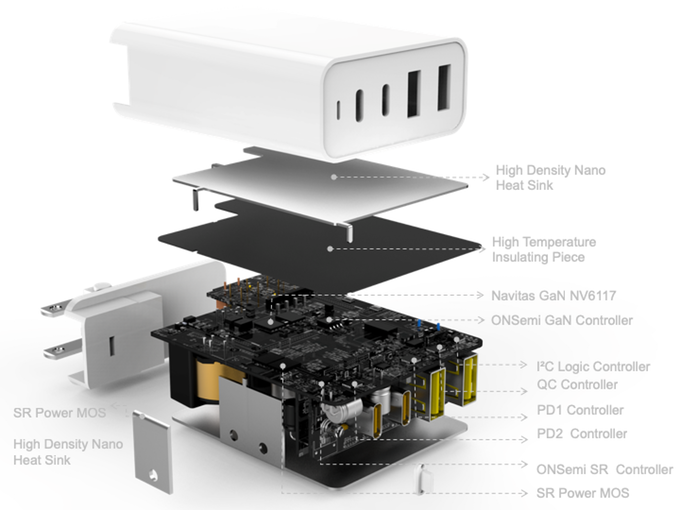nickceouk
10 W
- Joined
- Jan 18, 2020
- Messages
- 86
I plan on E-Bike Touring and need to keep weight to a minimum.
I will be carrying AC charger with me to top up where possible.
Everything that can be made lighter is welcome and hence focusing on the charger.
Two Batteries is 14s each.
At the moment I use 2x 58.8v 4amps brick chargers either in parallel for one battery (10amp charging current allowed on the cell spec sheet ).
4amps @ 58.8v ~ 233watt
2x233watt= 466watt total on my current setup
1)One option I was considering is to dive in to the electronics and find a way to combine the two in one 8amp charger (shared AC cable, shared DC cable and perhaps clever components hacking)
2) Also considering GaN chargers hacking.
Can't find anything reasonable that's designed around the 58.8v 10a spec - lightweight and no bulk.
That's why my next thought was if I can hack together 4-5 GaN 100watt or so chargers and still come out better in the lightweigh and bulk department.
Looking for input on thoughts, experience and ideas here.
What would be the best way to tackle this?
I will be carrying AC charger with me to top up where possible.
Everything that can be made lighter is welcome and hence focusing on the charger.
Two Batteries is 14s each.
At the moment I use 2x 58.8v 4amps brick chargers either in parallel for one battery (10amp charging current allowed on the cell spec sheet ).
4amps @ 58.8v ~ 233watt
2x233watt= 466watt total on my current setup
1)One option I was considering is to dive in to the electronics and find a way to combine the two in one 8amp charger (shared AC cable, shared DC cable and perhaps clever components hacking)
2) Also considering GaN chargers hacking.
Can't find anything reasonable that's designed around the 58.8v 10a spec - lightweight and no bulk.
That's why my next thought was if I can hack together 4-5 GaN 100watt or so chargers and still come out better in the lightweigh and bulk department.
Looking for input on thoughts, experience and ideas here.
What would be the best way to tackle this?





